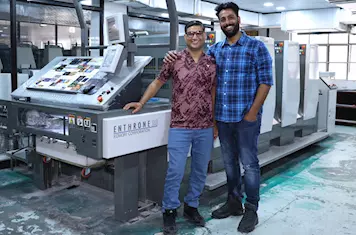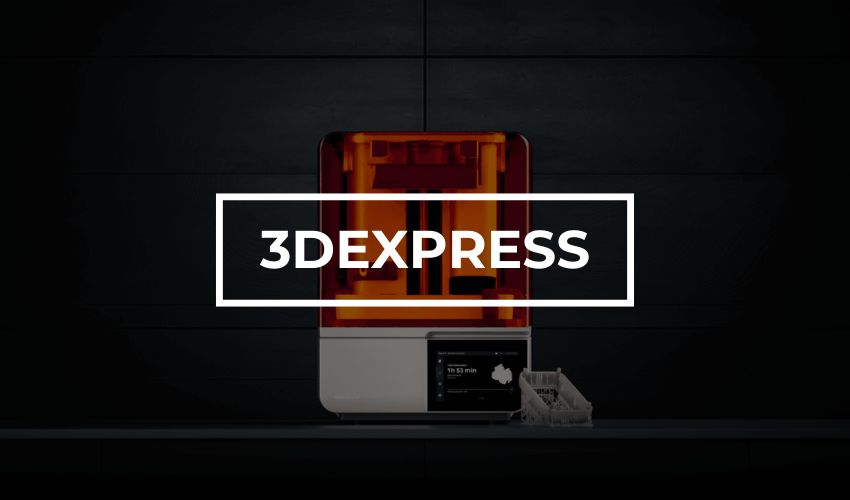Printer Doesn’t Recognize Your 3rd Party Cartridge – What to Do
Due to the high prices of original printer cartridges and toner cartridges it is no surprise that more people are switching to compatible, recycled, or refilled cartridges. The cost of third-party cartridges may be half that of original cartridges.
What if you find a trusted third-party cartridge dealer and your cartridges stop working in your printer? It happens sometimes. Printer manufacturers have a financial incentive to create printers that will reject all other cartridges. There are ways around this. Here’s how.
Follow the instructions when it comes to compatible cartridges. Compatibility cartridges made by third-parties follow the manufacturer’s instructions. Sometimes, they are reverse engineered with original cartridges. They are not recycled cartridges.
Make sure to follow the manufacturer’s instructions when installing them in your printer. These cartridges should look exactly like your original cartridges so you should follow the exact same instructions.
Wash the blocked cartridge heads. Printers may claim that your cartridge has blocked the print head. This happens more often with recycled cartridges. You can prevent this from happening by soaking the cartridges into warm water or window-cleaning solution. Use a soft cotton cloth to gently wipe the cartridges clean. This will clear any ink nozzle blockages. Turn on the print head cleaner to ensure that everything is clean after installing refilled cartridges.
Avoid air bubbles. You should never refill your cartridges yourself. Any air in the ink chamber can cause problems when you print, especially if there is a built-in printer head such as a Lexmark or HP. When you’re not using your printer, make sure it is turned off. This will prevent any air bubbles forming.
Your refilled cartridges can be filled completely. To prevent air bubbles and to stop the printer refusing to print because of a circuit failure, refilled cartridges must be fully filled. This can sometimes stop your printing from being held up by filling your cartridge to the top.
You should not overfill your cartridge. However, it is important to not overfill the cartridge. The ink can drip out of the cartridge and cause damage to the print heads. When installing cartridges, make sure they aren’t leaky.
Choose your vendor carefully. Third-party cartridge vendors may not be the same. It is difficult to duplicate printer inks made by original manufacturers. Some companies are better at this than others. Your printer may not be able to use ink that isn’t compatible with the original manufacturer’s specifications. Be careful when choosing a third-party ink dealer to avoid this. You want a company with a proven track record, extensive testing, a guarantee of 100% satisfaction on defective products, and a history of successful business.
Look into finding replacement chips. Some cartridges come with microchips which tell the printer when the cartridge is about to expire. Rarely, recycled cartridges might not have a cartridge chip or an expired one. Contact the vendor to request a new cartridge. Ideally, they should have sent you one with a working chip. You can also buy replacement chips from some cartridge vendors if your cartridge tells your printer that it is tapped out. This is a common problem.
Printer companies make every effort to make sure that you won’t need to buy new cartridges every time you run low on ink. This can be costly, so third-party toner and ink cartridges are a great solution. Original manufacturers are engaged in an arms race against third-party cartridge producers in order to stop their attempts to make and sell cheaper cartridges that work with their printers. Although third-party cartridge companies strive to make cartridges that work regardless of the original manufacturer’s best efforts, sometimes the original manufacturer wins. These tips will help you make sure that third-party cartridges are compatible with your printer.
Source: John Sollars


